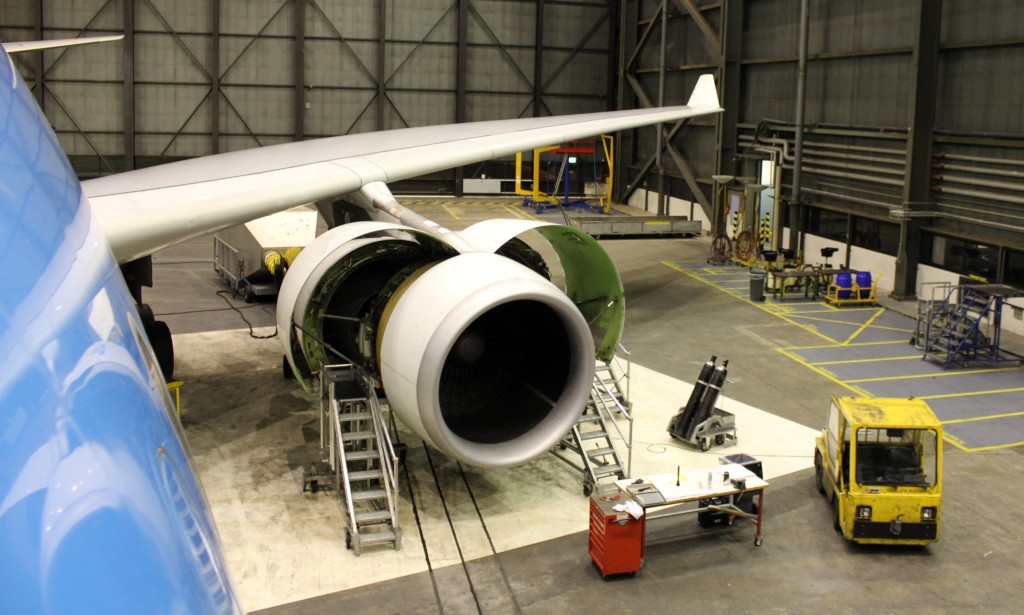The need for Approval to Install Equipment on Aircraft
First to consider Annex II as this group of aircraft is excluded from all EASA requirements and are managed on a case by case basis by the appropriate regulatory authority (In respect of the aircraft registration)
When installing equipment into a type-certificated aircraft we have to comply with all regulatory requirements, essentially this translates to two separate elements.
The approval of the equipment and the approval of the actual installation within the required aircraft type.
Conversely all other aircraft which are registered as EASA approved aircraft are required to be fully compliant which all certification requirements which ultimately support the certificate of airworthiness.
Part 21 Subpart K
EASA requirement to be found in Part 21 Subpart K – 21.A.303 Compliance with applicable requirements & 21.A.305 Approval of parts and appliances relate to the approval of the part or
appliance without reference to the actual aircraft.
Aircraft Components Systems or installations typically comply with FAA Technical Standard Order TSO or European Technical Standard Order ETSO. However this is not the case in every installation
The owner of the modification is the Part 21 Subpart J (design organisation) who have the authority to design product as part of the particular modification which is the produced by the Part 21 Subpart G (production organisation).
The production organisation should be able to show that the part has been manufactured in full conformity to approved design data and following suitable conformity inspection processes is authorised to issue a Certificate of Release to Service (CRS) which is referred to as an EASA Form 1 for European providers or an FAA 8130-3 for US providers working under the FAA system.
Alleviation for Small Aircraft
There are some exemptions which are identified in Part 21 in respect of both Standard parts and “other” parts installed in airplanes with maximum take off mass (MTOM) up to aircraft identified as ELA 2 Aircraft (not exceeding 2.000 kg)
Installing a part on the aircraft affects the basis of the aircraft type certificate and it is the responsibility of the installer to ensure that the aircraft remains compliant to the various requirements and conforms to the applicable certification specifications. Such changes are typically approved by EASA Minor changes require an MCA (Minor Change Approval) and major changes require an STC (Supplemental Type-Certificate). See reference in Part 21 subpart D – 21.A.95 for Minor changes and 21.A.97 for Major changes
There are two elements involved with a minor change. The first element is the Design and the second element is the approval.
It is the responsibility of the design organisation to ensure that the instructions for continued airworthiness are produced or updated as necessary and if required an Aircraft Flight Manual Supplement (AFMS) is produced.
The application is sent to EASA and is acknowledged with the issue of a minor change approval (MCA)
There is an alternative to the MCA process which is known as a Standard Change (SC).
When a SC is permitted it is still necessary to approve the design however instead of an individual approval, EASA has pre-approved certain installations under prescribed conditions. See EASA Certification Specification CS-STAN – Considerations related to Certification Specifications for Standard Changes and Standard Repairs.
The SC makes it possible for the installers to self-approve, and to decrease the administrative burden when installing common equipment, without affecting safety. Please note that An SC does not change the work required to design the installation, assess the updates needed to the instructions for continued airworthiness, and to compose the AFMS, rather it simplifies the approval process without affecting the fundamental design requirement.
Sofema Aviation Services offers a number of Part 21 training courses which are compliant with EASA and GCAA requirements for details please see www.sassofia.com or email office@sassofia.com




